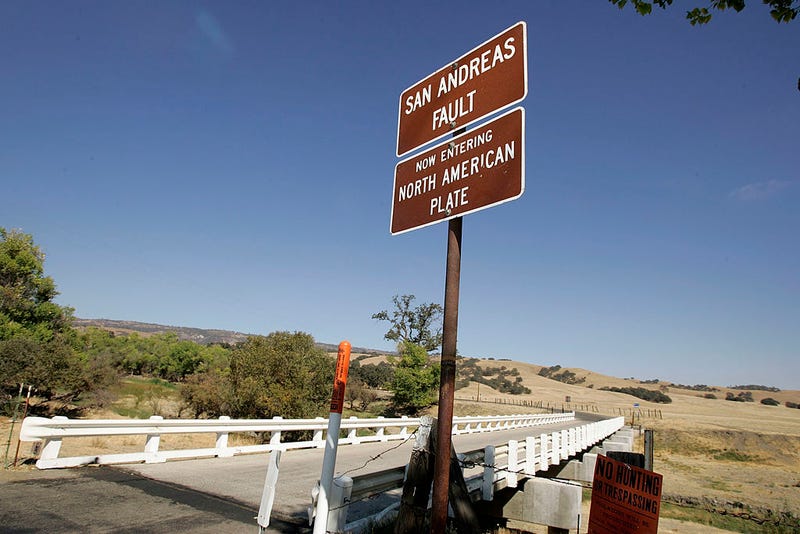
SAN FRANCISCO (KCBS RADIO) – The Bay Area has been rocked by multiple earthquakes in the past week, reigniting the conversation about preparing for "The Big One."
For more, stream KCBS Radio now.
According to Earthquake Track, the Bay Area has experienced 11 earthquakes in the past seven days, four of which hit in the past 48 hours.
Santa Rosa got a jolt Tuesday night when a magnitude 4.4 earthquake hit just before 6:40 p.m., followed by a magnitude 4.3 earthquake less than a minute later. A magnitude 2.7 quake hit 17 hours later near Sonoma Wednesday morning. The East Bay then experienced some light rattling Thursday morning when a magnitude 2.9 quake hit two miles from Berkeley.
While the recent earthquakes haven't done much in the way of damage, they have prompted officials to restart the conversation about "The Big One."
It's been said that many small earthquakes delay a looming high magnitude quake, but Belle Philibosian with the United States Geological Survey said while that's partly true, the difference is negligible.
"In practice, the smaller earthquakes don't really do much to alleviate the possibility of a magnitude seven. That seven is almost certainly still going to happen one day," she told KCBS Radio.
When "The Big One" hits, communities may be isolated due to potential infrastructure damage. "The earthquake will happen in a very short period of time. The recovery is going to be much, much longer," said David Rabbit, Sonoma County Supervisor and Commissioner on the State Seismic Safety Commission.
Wildfire prevention work can also help with earthquakes. Most wildfire cameras double as earthquake early warning detectors, but Diana Contreras with PG&E said the undergrounding of powerlines is not immune. "All the equipment is under the ground; it is in a big vault. Undergrounding those lines, all that equipment is still susceptible to flooding too," she explained.
According to the USGS, the Hayward Fault, which runs along the foot of the East Bay hills, is the most susceptible to a large earthquake.
DOWNLOAD the Audacy App
SIGN UP and follow KCBS Radio
Facebook | Twitter | Instagram

